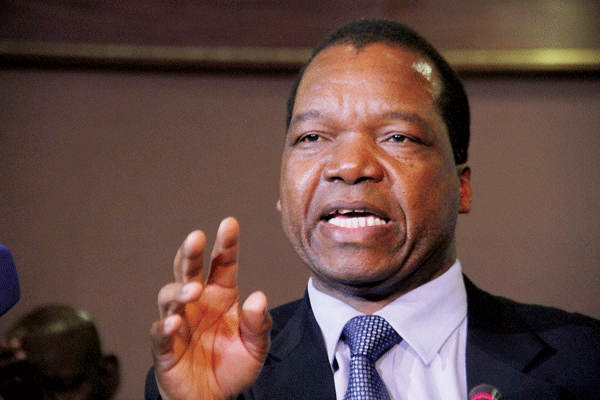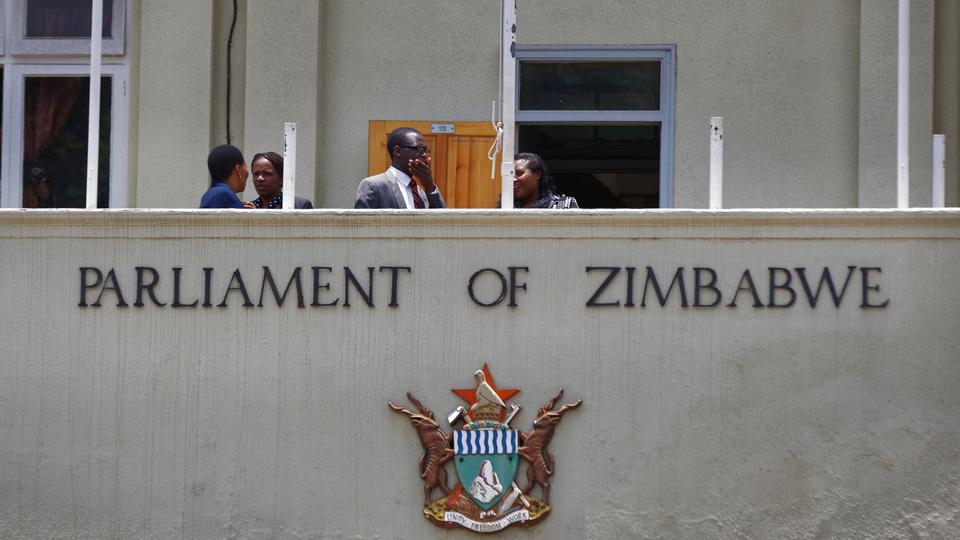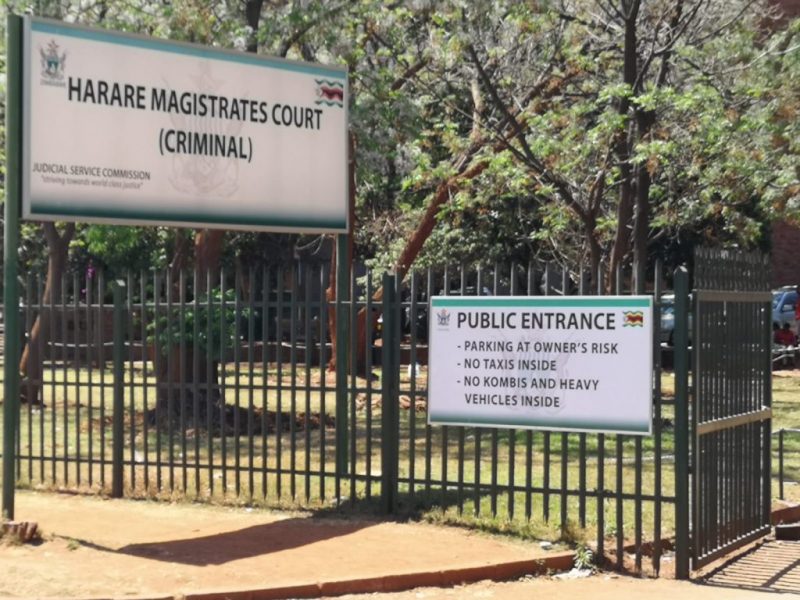
RESERVE Bank of Zimbabwe governor John Mangudya has dismissed the parallel market rate as a false reflection of the true value of the local currency against major currencies, particularly the greenback.
BY TATIRA ZWINOIRA
Speaking to NewsDay Business following his meeting with banking executives on Friday ahead of tomorrow’s launch of the foreign exchange auction system which will do away with the fixed exchange rate of US$1:$25 adopted in March, Mangudya said: “There was no market. Let me put it this way, there was a false market. This country has a false market. Do you know what a false market is? A false market occurs when prices are manipulated and impacted by erroneous information.”
“So, from where I am coming from there is a false market. If you look at the range of the multiplicity of prices that are being used, that is what tells you it’s a false market. If it was not a false market, at least you would have a stable rate.”
This comes as the market has rejected attempts by the RBZ to impose formal exchange rates, first through the discredited interbank foreign currency exchange rate and then the current fixed rate. As a result, the market has itself weighted the value of the ZWL against the greenback considering the former lacks adequate foreign currency, mineral or market confidence backing.
Currently, the foreign currency exchange rate on the parallel market is trading at US$1:$90 with fears that it may reach US$1:$100 in the coming few days as the Zimdollar continues to devalue.
As such, the recently announced foreign exchange auction system is supposed to supply a weekly market-determined rate based on bids from market players seeking to purchase the greenback.
Mangudya said the weekly rate that comes out of this auction will be used also for those wishing to exchange their free funds at their banks.
- Chamisa under fire over US$120K donation
- Mavhunga puts DeMbare into Chibuku quarterfinals
- Pension funds bet on Cabora Bassa oilfields
- Councils defy govt fire tender directive
Keep Reading
“The success of any auction in the whole world is about its transparency, so we are going to be super transparent. Number two; there is a multiplicity of exchange rates in the market right? If you go to any shop some are using $45, $80 and some are even at $100 (to one United States dollar),” Mangudya said.
“Now, given that situation, Mangudya or any person cannot tell you that the rate should be $40 or $60 and, therefore, the only practical way of knowing is to have those people who are using those rates to come and purchase from the auction using their own rate.”
He added: “We are saying since you are the one who is the market, come and purchase at your own price as opposed to us saying the rate is $70 as an example that is the best way of discovering the exchange rate given the multiplicity of the exchange rates in this country”.
“It’s the best way of coming up with an average weighted price on the basis of what the market player wants.”
He said in the future, should the foreign exchange auction system stabilise inflation, they may consider using a daily exchange rate which is used globally.
The auction will only accept bids for a minimum of US$50 000 and a maximum of US$500 000 from each bidder per auction with the bidding platform being the Reuters Foreign Currency Auction System. All bids will be in United States dollars.











